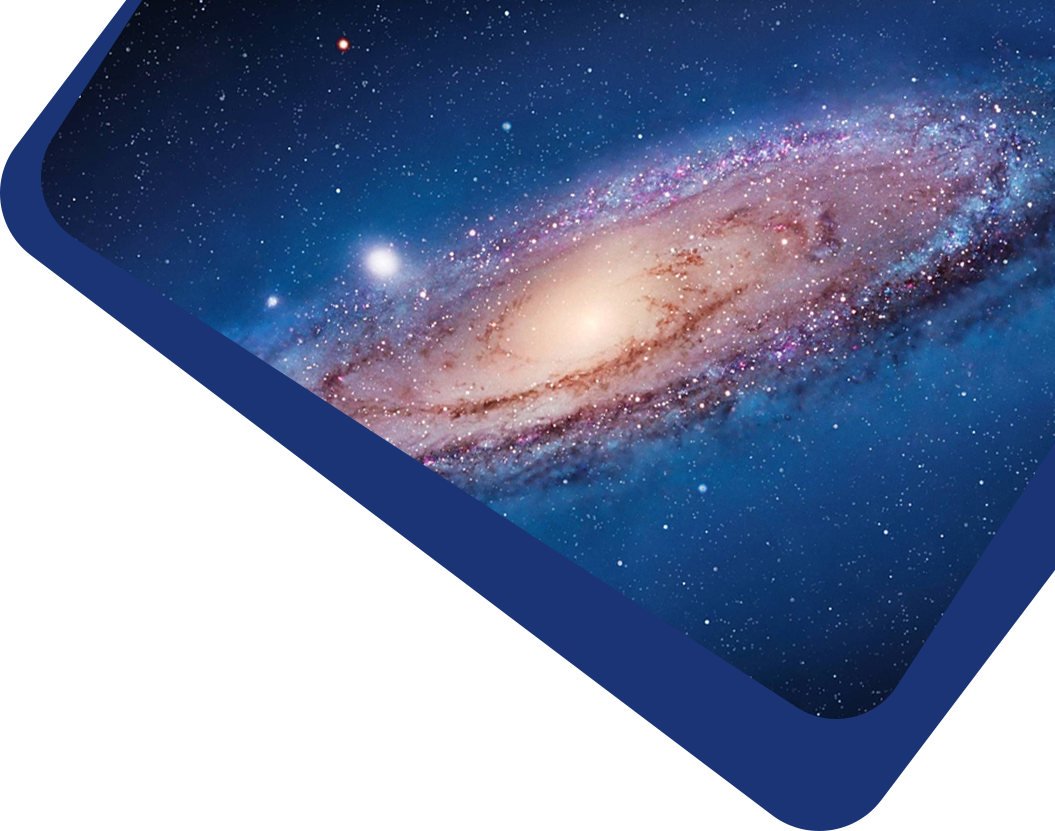Based on the updated M giant star catalog selected from Large Sky Area Multi-Object Fiber Spectroscopic Telescope DR9, we identify substructures within the integrals-of-motion space through the Friends-of-Friends clustering algorithm. We obtain members belonging to several known substructures: the Sagittarius stream, Galactic Anticenter Substructure (GASS), Gaia-Enceladus-Sausage (GES), Splash, and the high-α disk. Furthermore, we also identify two groups which cannot be clearly associated with previously known substructures. Our findings confirm the existence of metal-rich constituents within the GES, representing newly formed stars that originated from the metal-enriched gas delivered during the GES merger event and subsequently evolved. Additionally, this study further expands the sample of GASS, high-α disk, and Splash stars. Analysis of these metal-rich M giant stars as members of the GES, Splash, and high-α disk components supports an evolution scenario for the early Milky Way, as proposed by previous studies. In this scenario, stars initially formed in a high-α primordial disk were dynamically heated by the massive accretion event (GES). This process redistributed stellar orbits, creating the Splash population, while the undisturbed portion of the primordial disk persisted as the present-day high-α disk component.



